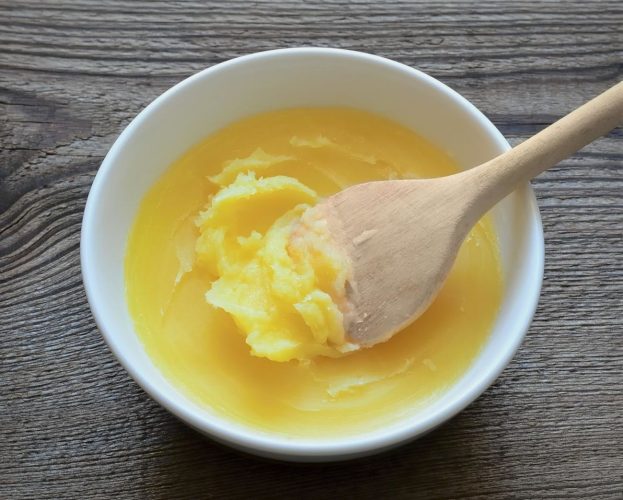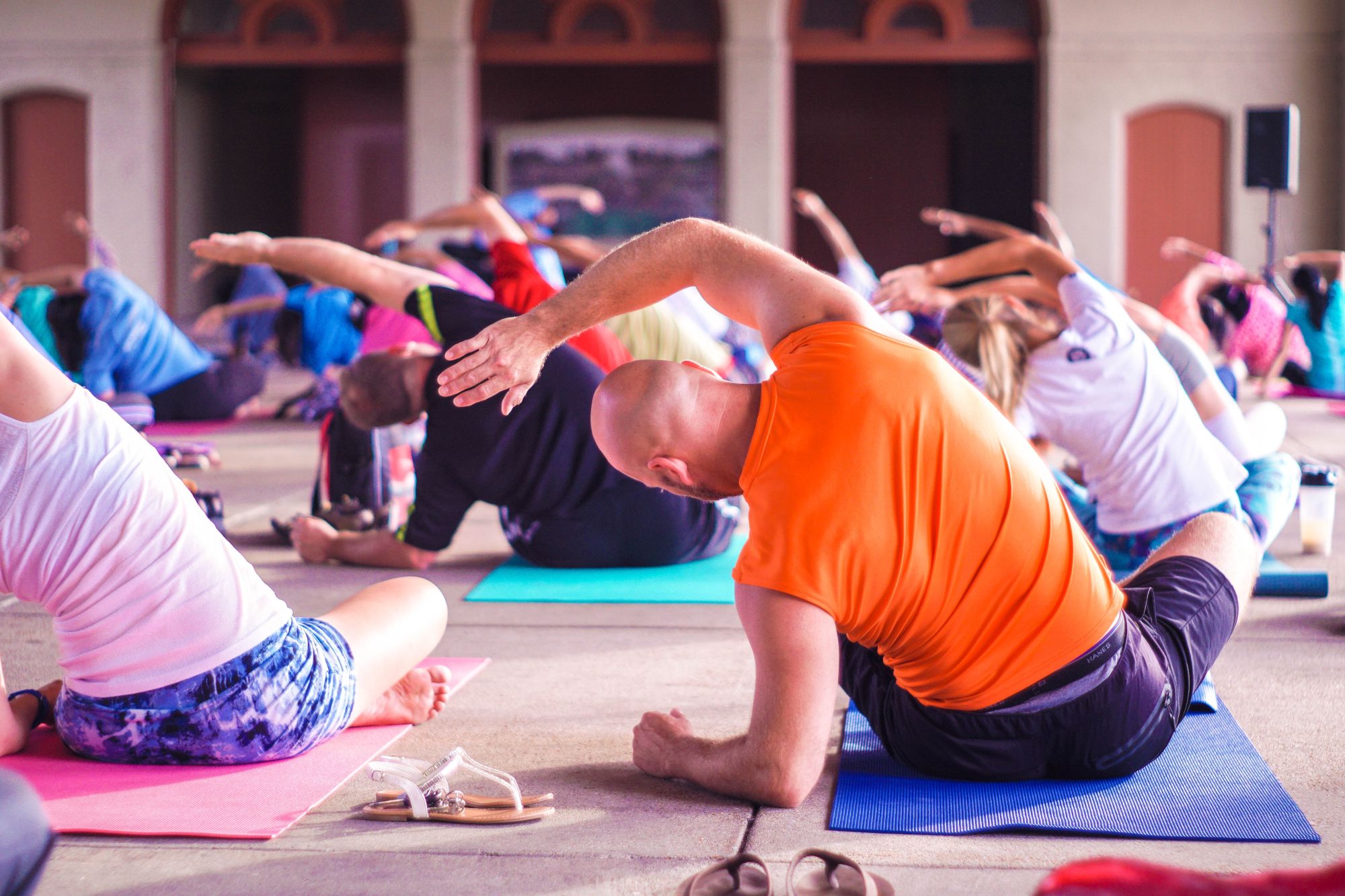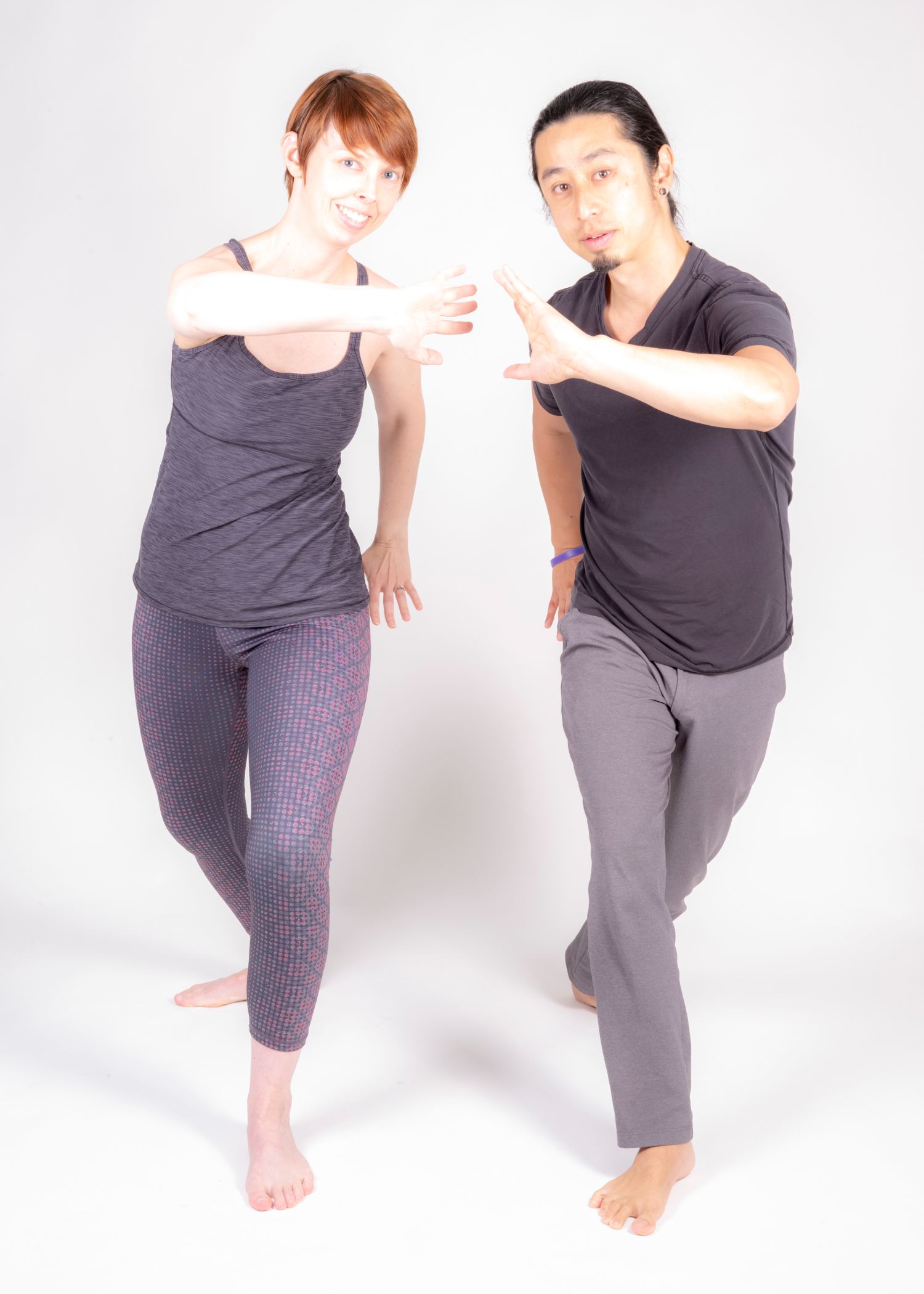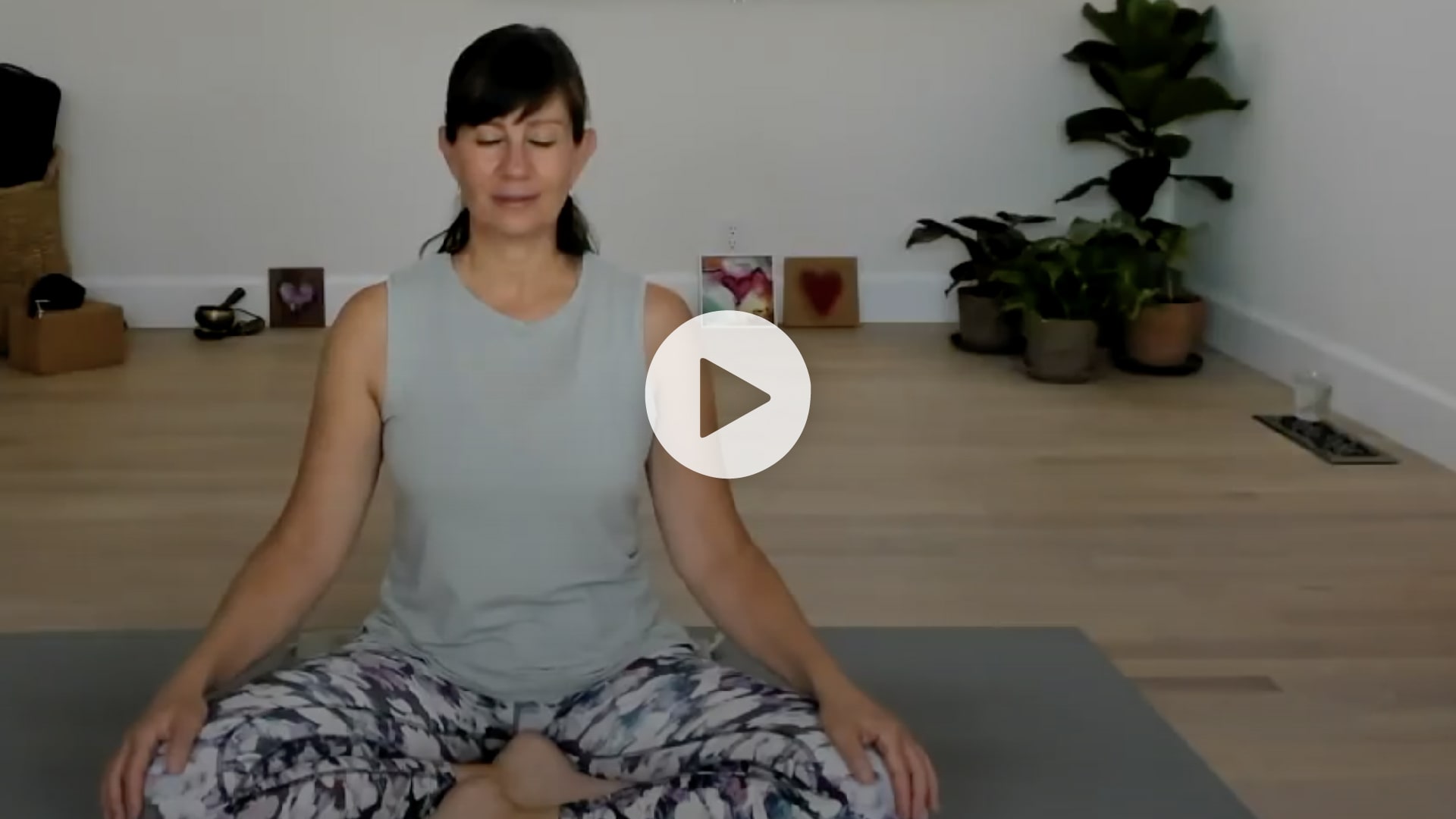Ghritam. Ghee. Thoop. Call it what you will, this is liquid gold in Indian, Ethiopian, and Middle Eastern cuisines. For thousands of years, ghee has been used in ancient Yagnas as the fuel for the sacred hom, agni, or fire. It’s one of the “five nectars” included in the pancha amrith offered at various poojas, or rituals of devotion and worship.
According to Ayurveda, ghee is considered a digestive aid, as well as a cooling salve for burns, and is thought to improve memory and sharpen intellect. Medicated versions of ghee have been used in Ayurvedic medicine and are believed to help the delivery, digestion, and absorption of key ingredients. It is thought to increase the digestive fire, nourish the ojas, or subtle essence of our tissues, and is considered a food that can be eaten by all three doshas.
There are a lot of myths surrounding its consumption. Below are answers to common questions.
Question #1: Is it a “good” fat?
According to a 2014 study in the Journal of Food Research and Technology, ghee is rich in short-chain and essential fatty acids, butyric acid, linolenic acid, and arachidonic acid. It contains fat soluble vitamins like vitamins A, D, E, and K, trace elements like copper and iron, and carotenoids.
It is made by gently simmering unsalted butter, primarily from the milk of cows (as opposed to clarified butter, which is made at a higher temp) for a long time (recipe below). This gentle heat preserves antioxidants and makes it nutrient (and calorie) dense. It has a high-smoking point and can be safely used to deep fry.
Question #2: How much is too much?
Fats have had a reputation for increasing cardiac disease and diabetes, and there is still considerable debate about how much is too much. While thinking has shifted from completely shunning fat to distinguishing between healthy and unhealthy fats, the role of fats in cardiovascular disease is still controversial. A research study on rats indicates that 10 percent of ghee may increase triglyceride levels but does not increase lipid peroxidation processes that are linked to cardiovascular disease. In a controlled study of 206 healthy adults with ghee as the primary fat source, there was an increase in ApoA, a protein linked to a reduction in the risk for heart disease. However, a few disclaimers here: portion size matters and what we eat with ghee and how we eat it all matter. For instance, a teaspoon or less on vegetables, whole grains, and lentils may be a better choice than deep-frying. It’s a calorie-rich food, thus our genetic predisposition and physical health conditions influence the ways in which we process the food. Please consult your physician before making any big changes to your diet.
Question #3: Is it okay to eat this if lactose intolerant?
Ghee contains little to no lactose. Very pure ghee (99 to 99.5 percent pure butter oil) may have trace amounts of casein and lactose, so, unless one is extremely sensitive, it will not cause or trigger symptoms of lactose intolerance.
In his 1955 New York Times essay, prolific writer R.K. Narayan beautifully sums up the richness of ghee’s flavor: “Ghee is, no doubt, clarified butter,” he writes, “but it is also so much more, in the same way that wine is more than the juice of a squeezed grape. Ghee is like a genius born to a dull parent.”
Recipe
- In a medium saucepan, heat some unsalted butter over medium-high heat.
- Bring butter to a boil (about 2 to 3 minutes).
- Once it starts bubbling, reduce heat to medium. The butter will form a foam which will disappear.
- Ghee is done when a second foam forms on top of the butter and the butter turns a golden hue, usually after 8 minutes. The brown residue is milk solids (also considered a delicacy).
- Gently pour into a glass container through a cheesecloth.
Notes
- Store away from direct sunlight and moisture. No refrigeration needed; it is safe to eat for about a month.













